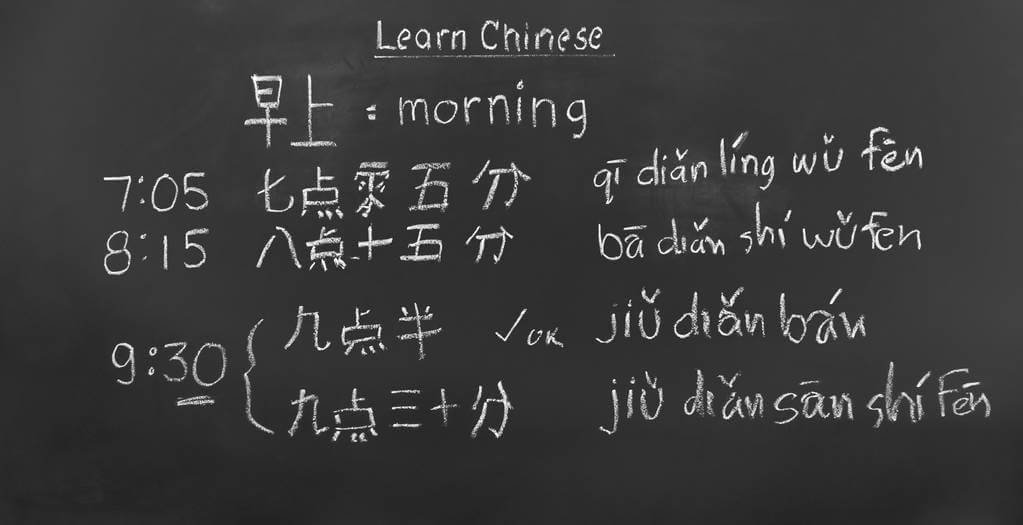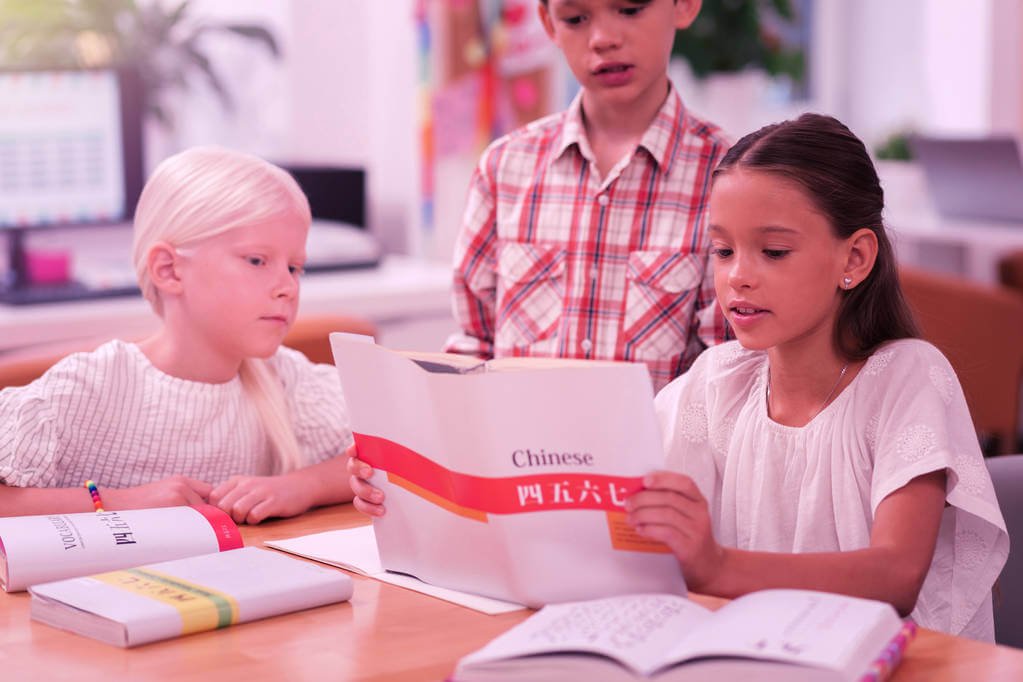Why learn Chinese?
Although learning Chinese can be difficult, it is a rewarding experience. By learning Chinese, you will be able to communicate with a large number of people and will gain a better understanding of Chinese culture. If you are in Hong Kong, you can take advantage of the learn chinese Hong Kong courses and online lessons.
The benefits of learning Chinese.
In recent years, the Chinese language has become increasingly popular, with more and more people learning it for both work and pleasure. Here are just a few of the many benefits that come from learning Chinese.
- Improved Employment Prospects
With the rise of China as a global economic power, employers are increasingly looking for employees who can speak Chinese. Whether you’re looking for a job in a Chinese company or in a company that does business with China, being able to speak the language gives you a significant advantage.
- A Gateway to a Rich Culture
China has a long and fascinating history and culture. By learning Chinese, you’ll be able to access this world in a way that would otherwise be closed off to you. From ancient literature and philosophy to contemporary films and music, there’s a wealth of cultural treasures to discover.
- Mental Stimulation
Studies have shown that learning a second language can have a positive impact on cognitive skills such as memory, problem-solving and critical thinking. What’s more, because Chinese is a tonal language, it can also help to improve your sense of pitch and musical ability.
How to learn Chinese.

If you want to learn Chinese, there’s no need to feel intimidated—it’s not as difficult as it may first seem. With a little patience and practice, you can be on your way to becoming proficient in this fascinating language.
Here are some tips to get you started:
- Start with the basics.
Before you start learning Chinese, it’s important to familiarize yourself with the basics. That means learning how to pronounce Chinese characters and tones. Once you have a handle on that, you can move on to more difficult concepts.
- Use resources that cater to your learning style.
Everybody learns differently. Some people learn best by listening to audio recordings, others by reading texts, and others through interactive activities. Find resources that match your learning style and stick with them.
- Practice, practice, practice.
There’s no substitute for practice when it comes to learning a language. The more you use Chinese, the better you’ll become at understanding and using it. Try to find opportunities to practice outside of your formal lessons.
- Be patient.
Learning a language takes time and effort. Don’t get discouraged if you don’t see results immediately—keep at it and you
The different dialects of Chinese.
There are many different dialects of Chinese, each with their own unique features. The most commonly spoken dialect is Mandarin, which is the official language of China. Other popular dialects include Cantonese, Shanghainese, and Hakka. Each dialect has its own distinct history and evolution.
Mandarin is the most widely spoken Chinese dialect and is the official language of China. It is based on the Beijing dialect and is also the national standard for Chinese. Mandarin is spoken by over 70% of Chinese speakers and is the primary dialect taught in schools.
Cantonese is another popular Chinese dialect. It is spoken in the southern province of Guangdong and is the native tongue of Hong Kong. Cantonese has a different tonal system than Mandarin and has a more complex grammar. It is also written using traditional Chinese characters.
Shanghainese is the dialect spoken in the city of Shanghai. Shanghainese is a mix of Mandarin and Wu Chinese and has its own unique features. Shanghainese is written using simplified Chinese characters.
Hakka is a Chinese dialect spoken by the Hakka people, who are of Han Chinese descent. Hakka is spoken in southern China, Taiwan, and other parts of the world.
The history of the Chinese language.
The Chinese language is one of the oldest languages in the world with a history that dates back over four thousand years. It is the native tongue of over one billion people and is one of the five most commonly spoken languages in the world. The Chinese language has a rich history and a unique structure that has influenced many other languages.
The first evidence of the Chinese language dates back to the late Neolithic period. The earliest Chinese characters were found on oracle bones and date back to around 1250 BCE. These characters were used for divination and were the earliest form of written Chinese.
Over the next few centuries, the Chinese language developed and changed. Different dialects emerged and new characters were created. The first Chinese dictionary was compiled during the Han Dynasty and the first Chinese novel was written during the Tang Dynasty.
During the Tang Dynasty, the Chinese language was also influenced by other languages. Buddhism was introduced to China from India and Buddhist scriptures were translated into Chinese. This resulted in many Chinese words being borrowed from Sanskrit.
The Chinese language continued to evolve and change over the centuries. In the early 20th century, the Chinese government introduced a series of spelling reforms in an effort to make the written language more uniform.
Chinese characters.
There are more than 50,000 Chinese characters, and they are used in a variety of ways. Chinese characters are used in Chinese, Japanese, and Korean languages. They are also used in Vietnamese, though to a lesser extent.
Chinese characters are not alphabetic and they do not have an inherent meaning. Rather, they are logograms, which are pictorial or ideographic symbols that represent a word, phrase, or concept.
The earliest Chinese characters were used as divination symbols on oracle bones dating back to the Shang dynasty (1600-1046 BCE). These characters were used to ask questions about the future and to record the answers that were given.
Over time, the use of Chinese characters spread to other areas of life, such as art, literature, and astronomy. Characters were also used to write poetry, which was an important part of Chinese culture.
The first Chinese characters were simple pictures of objects. These pictographs were later replaced by more complex characters that represented ideas and concepts. The characters we use today are a mix of both pictographs and ideographs.
There are several different types of Chinese characters. The most common type is the hanzi, which is used in mainland China.
The Chinese writing system.
The Chinese writing system is one of the oldest in the world and has been in use for over 4,000 years. The system is not based on an alphabet like most Western languages, but instead uses a series of more than 50,000 characters that each represent a word or concept. The characters are written in a complex system of strokes that must be memorized in order to be read and written.
Despite the difficulty of learning to read and write Chinese, the system has a number of advantages. First, because each character represents a word or concept, there is no ambiguity in meaning. Second, the Chinese writing system is very concise, often allowing a single character to convey what would take several words to express in English. Finally, the characters are visually appealing, and the written language has been praised for its aesthetic qualities.
Despite its many advantages, the Chinese writing system has come under pressure in recent years. The advent of new technologies has made it possible for people to communicate in ways that do not require the use of written language, and the Chinese government has also been promoting the use of Mandarin, the national language, which uses a different writing system. As a result, fewer people are learning to read and write Chinese, and the language may eventually disappear.
Mandarin Chinese.
Mandarin Chinese is the most widely spoken language in the world, with over 1.3 billion speakers. It is the official language of China and Taiwan, and is one of the four official languages of Singapore. Mandarin Chinese is also one of the six official languages of the United Nations.
Mandarin Chinese is a tonal language, with four tones (flat, rising, falling-rising, and falling). Mandarin Chinese is also a monosyllabic language, with most words consisting of a single syllable.
Mandarin Chinese has a long literary tradition, with classics such as the Four Great Classical Novels and the poetry of Du Fu. Mandarin Chinese is also the language of Confucius, and the Confucian classics are studied by scholars around the world.
Mandarin Chinese is a fascinating and complex language, with a rich history and culture. If you are interested in learning Mandarin Chinese, there are many resources available to help you get started.
The Chinese culture.
Since ancient times, the Chinese have been known for their rich culture and heritage. From the great wall to the Terracotta Warriors, there are many things that make China unique. The Chinese culture is one of the oldest in the world and has been influenced by many other cultures.
The Chinese people have a long history of art, literature, and music. They are also known for their cuisine, which is a fusion of many different regional styles. The Chinese culture is also known for its philosophy, which has been influential in the development of both Eastern and Western thought.
There are many things that make the Chinese culture unique and special. If you get the chance to experience it, you will certainly be impressed.


